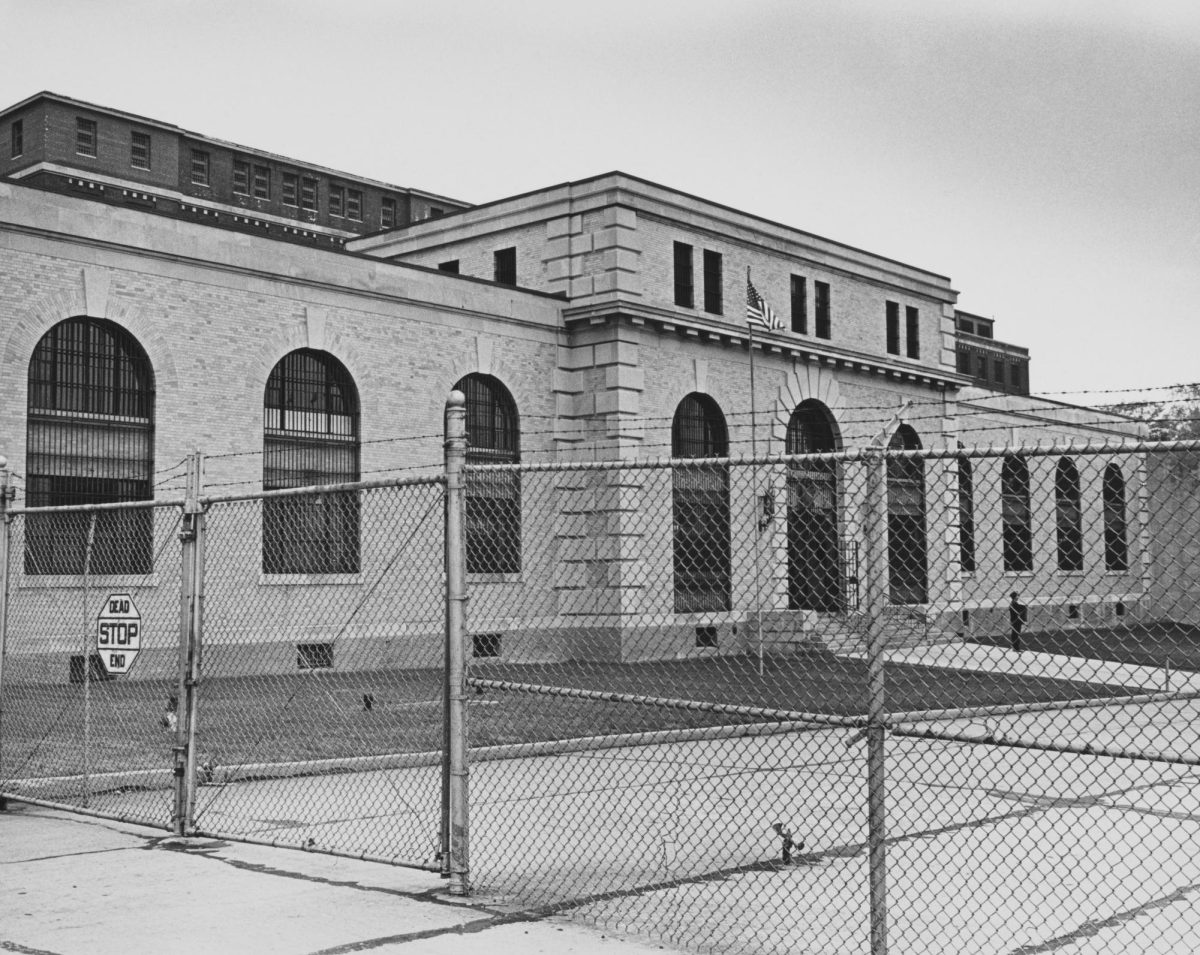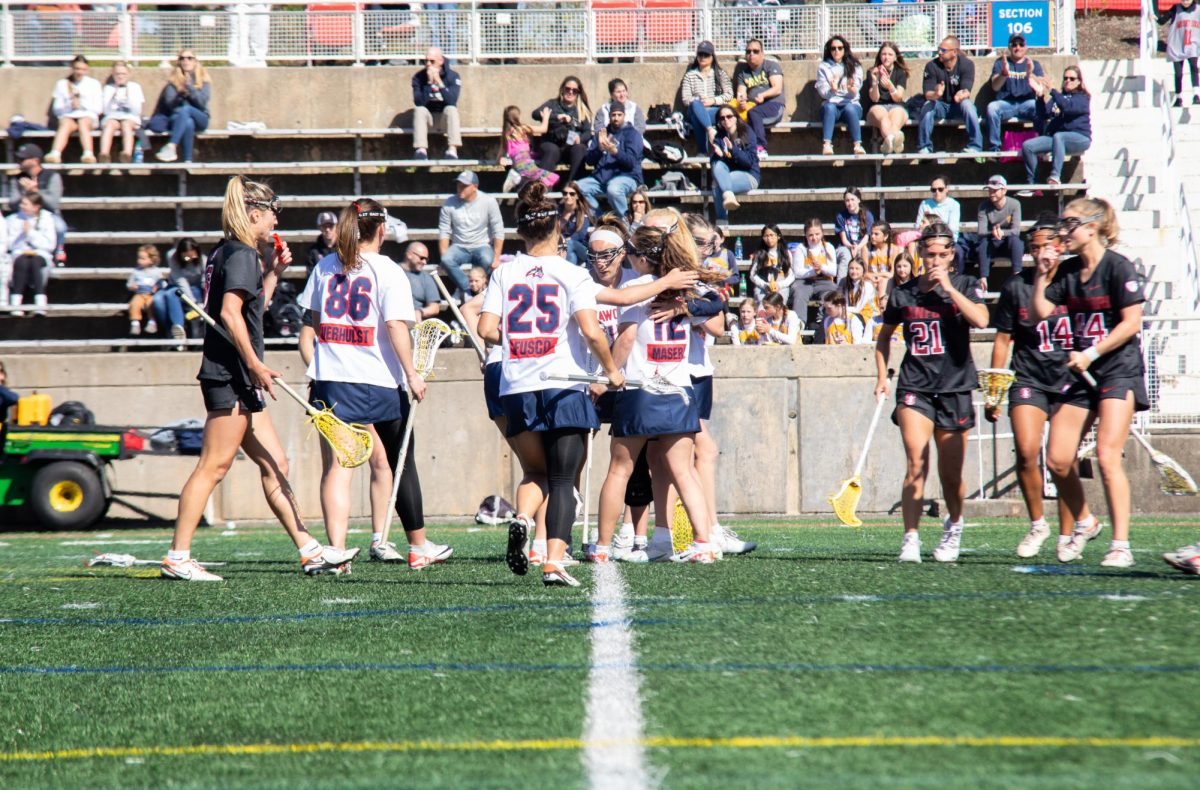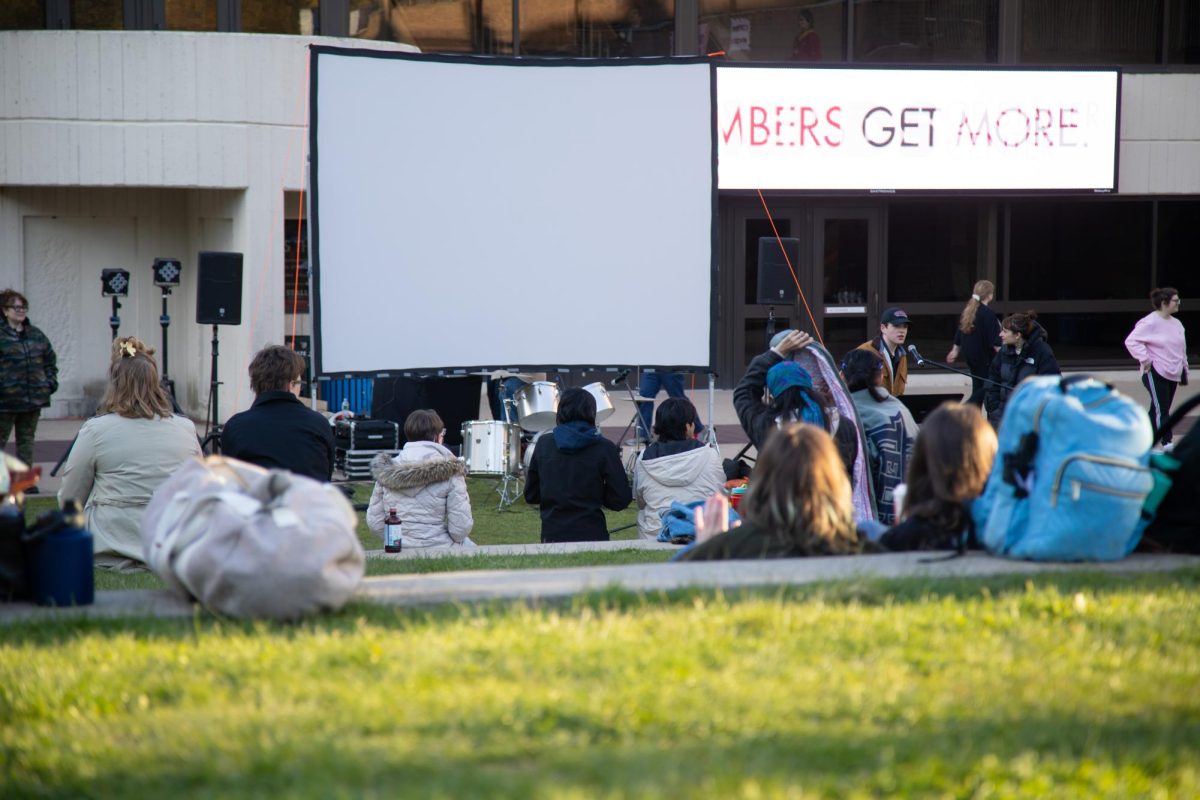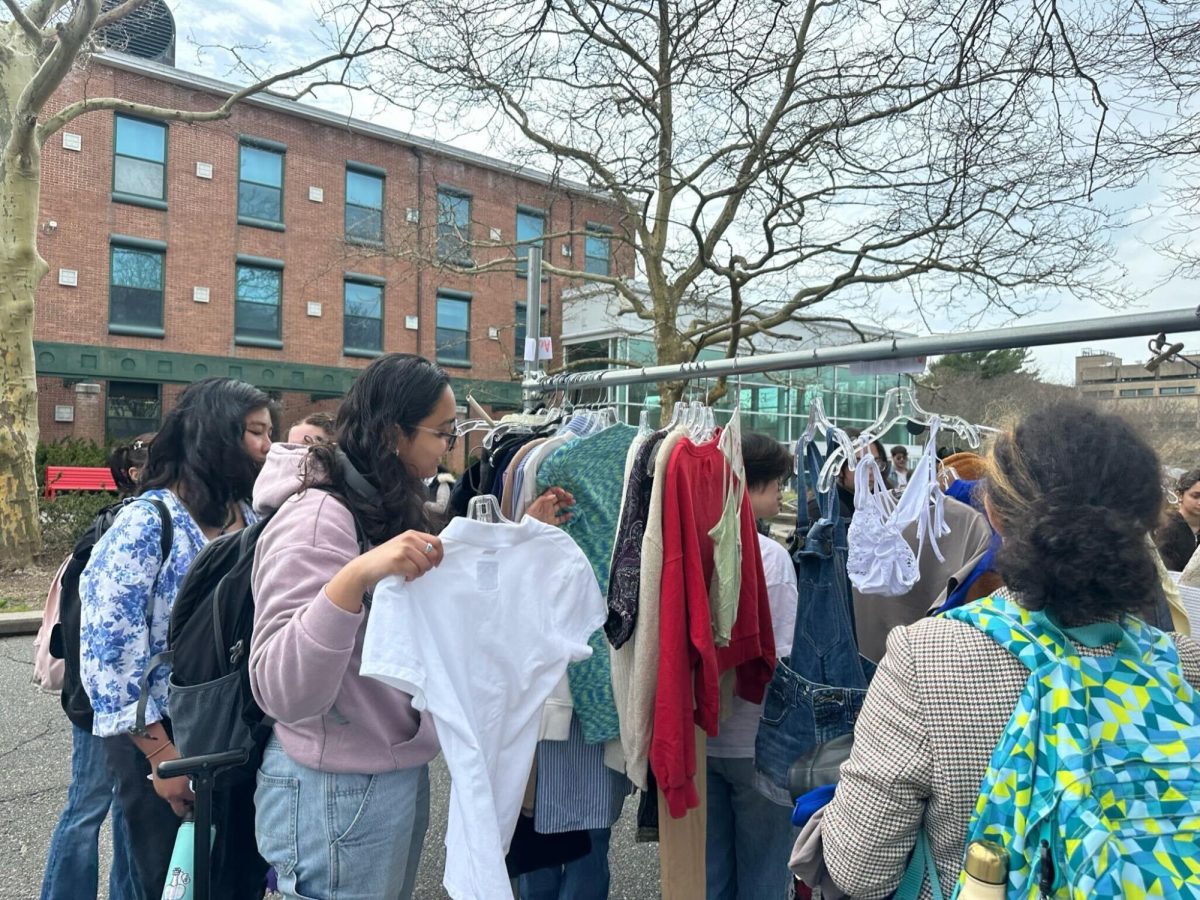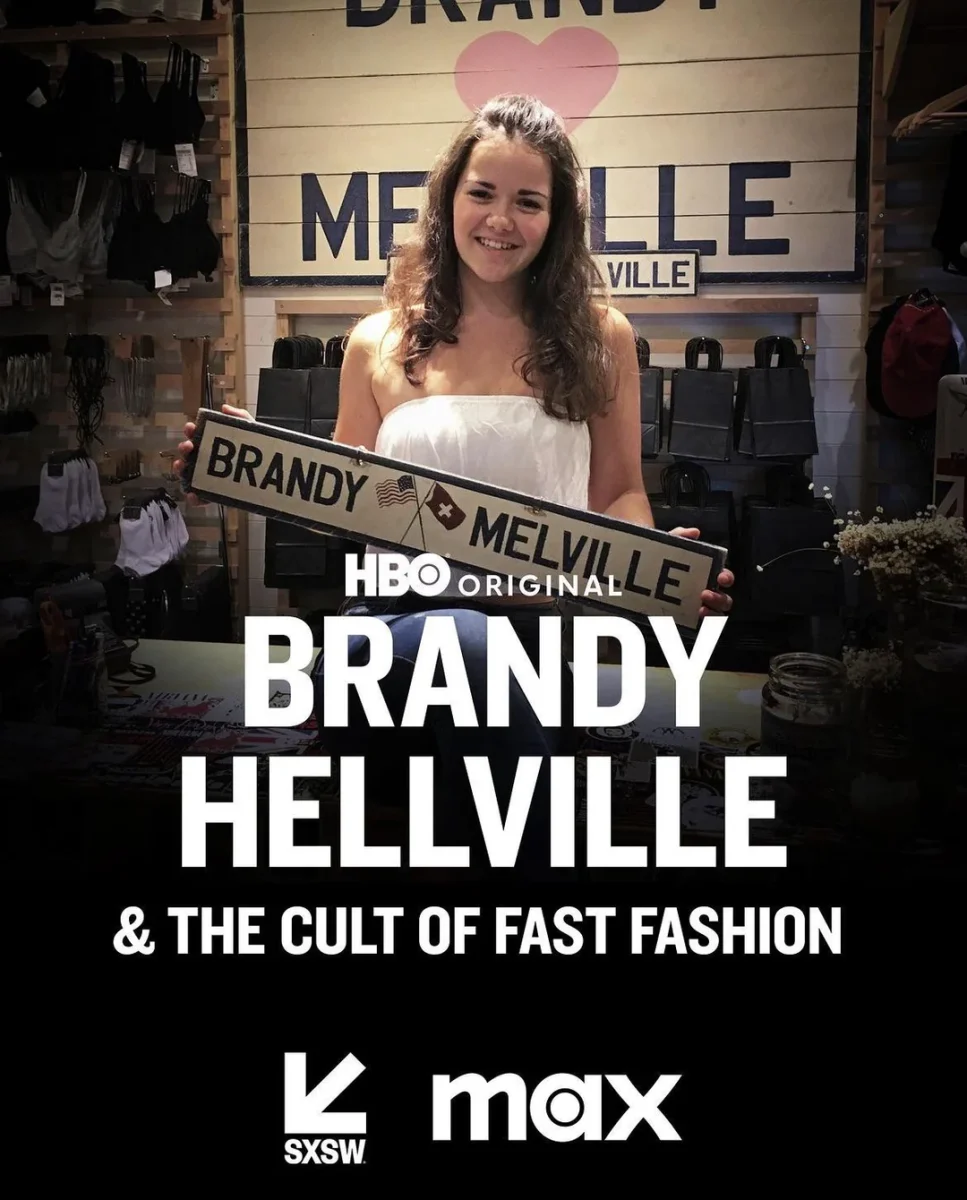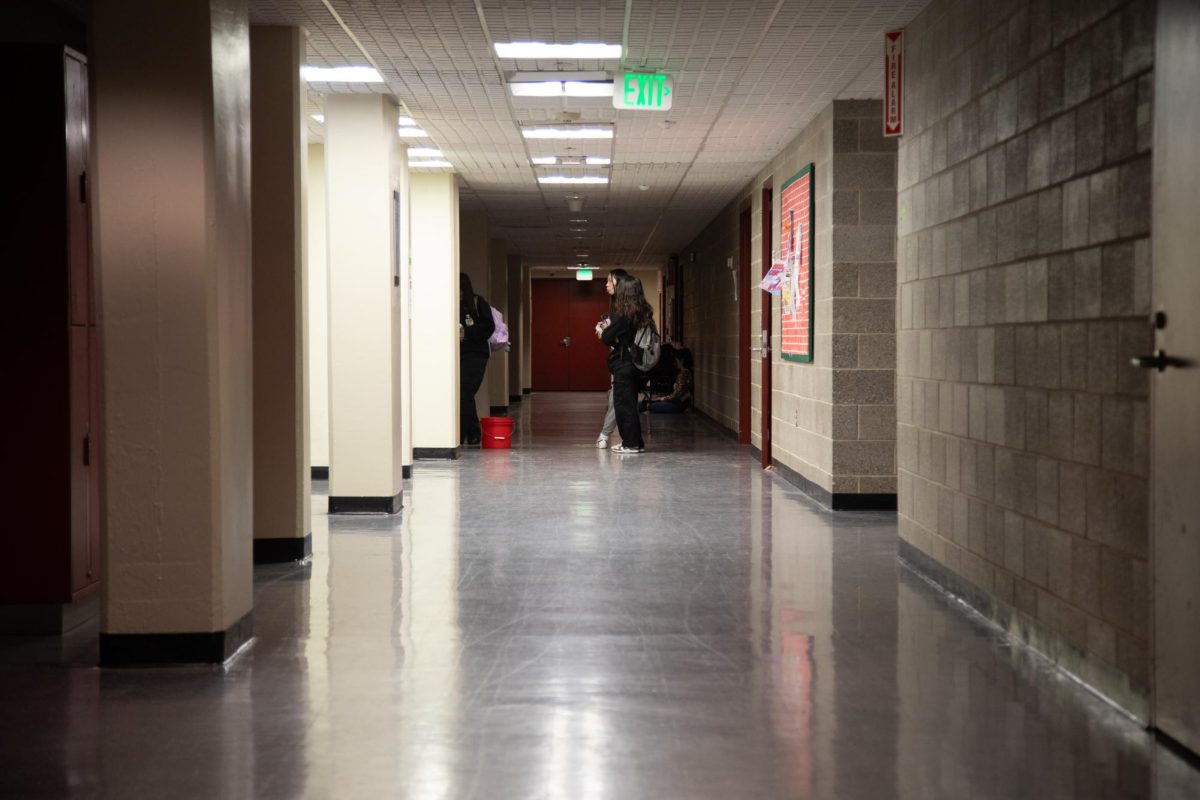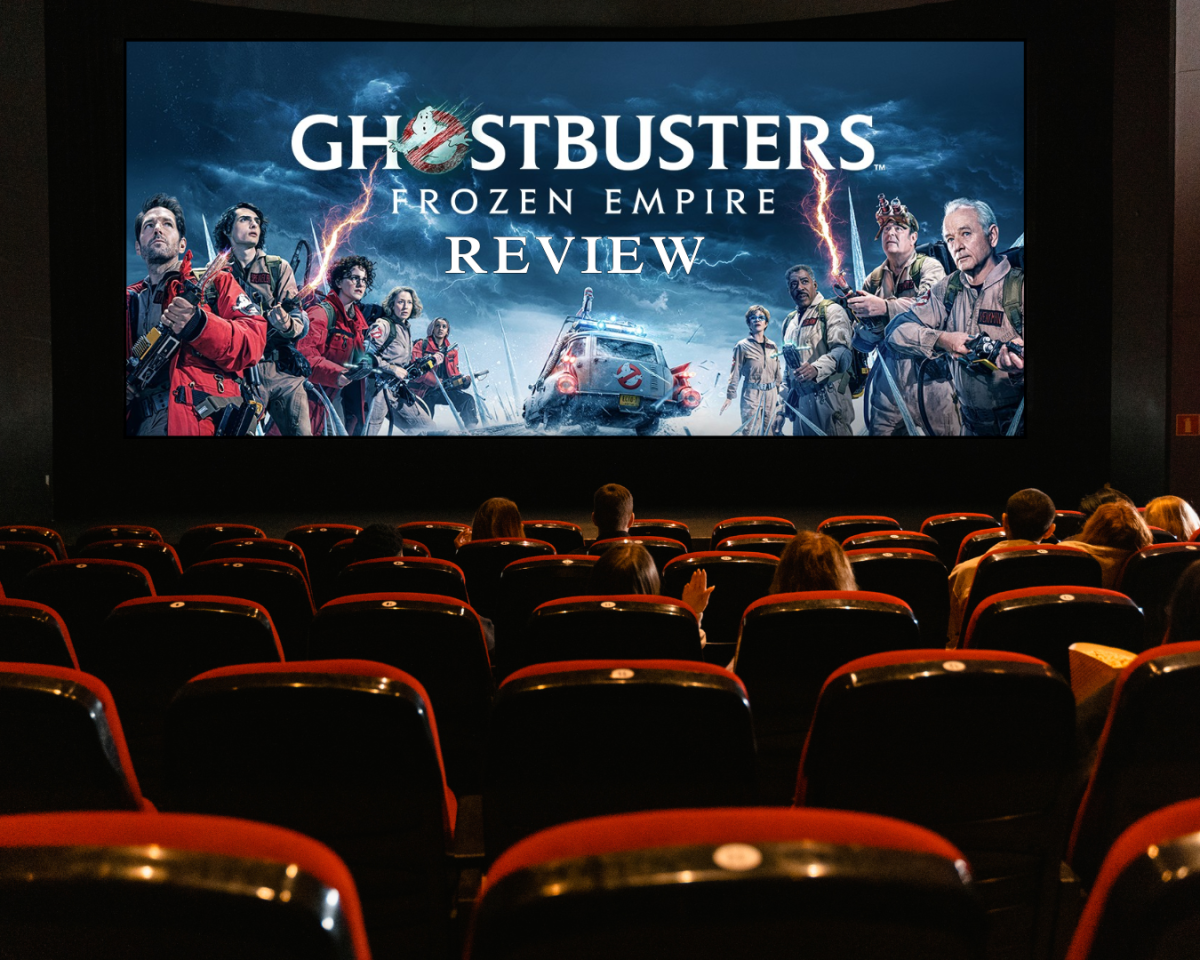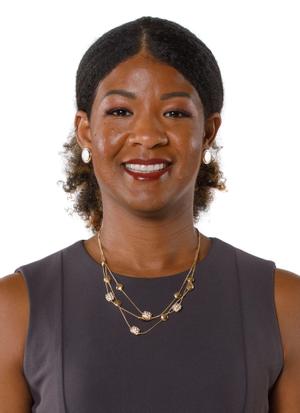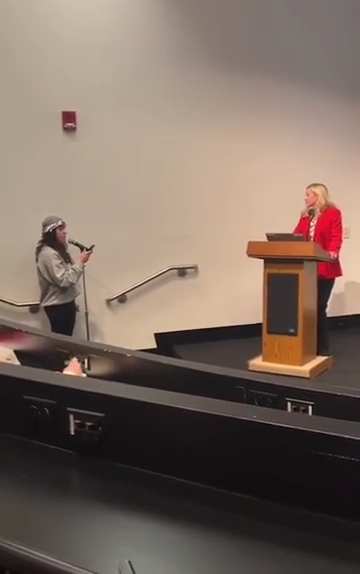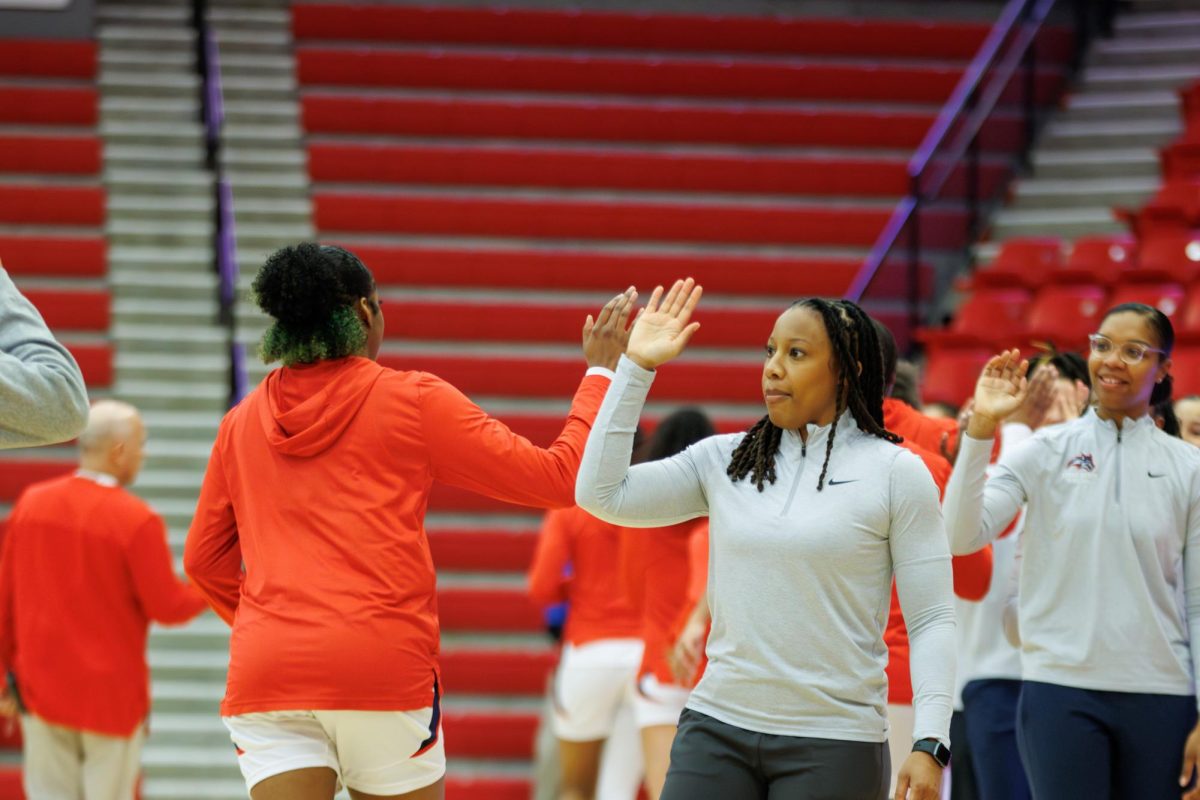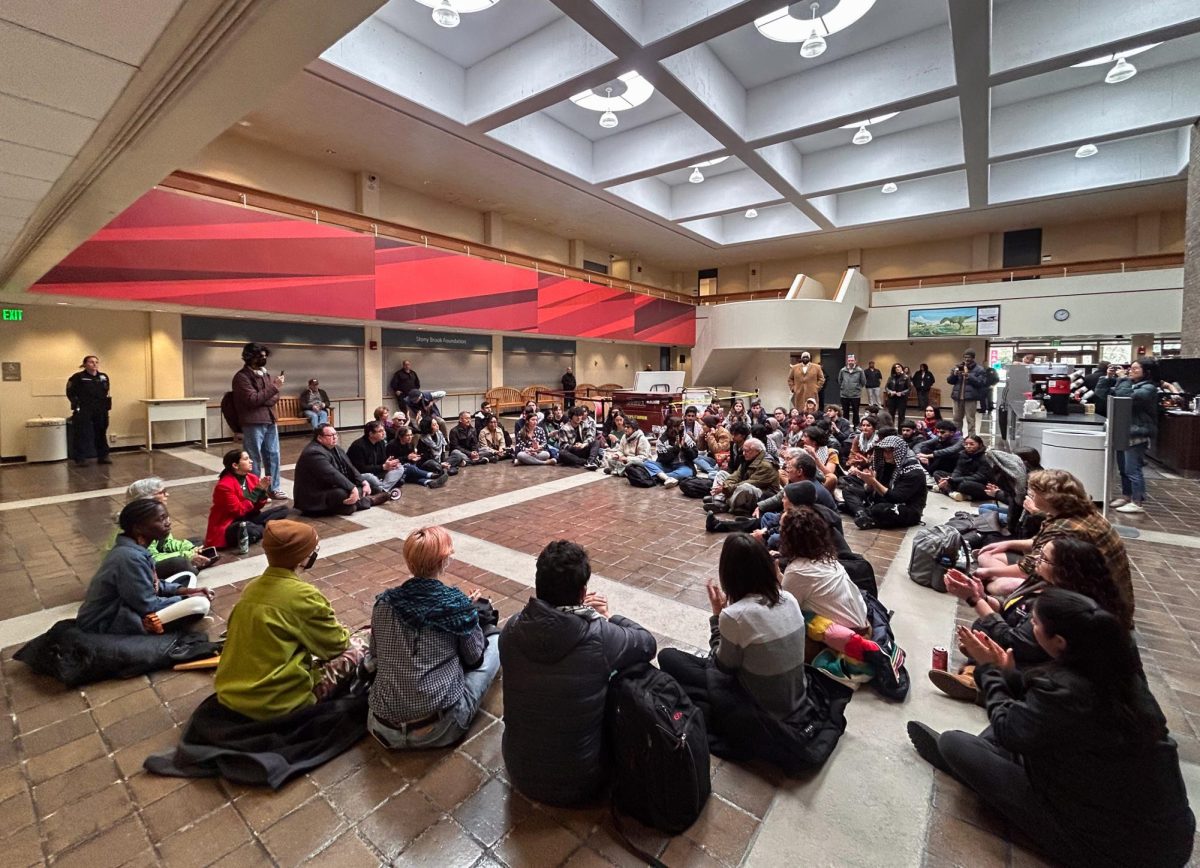
The sound of a trombone filled the Staller Center Recital Hall on Thursday, May 1. Audience members transitioned from being a group of onlookers to a unified body, clapping their hands in anticipation for The Stony Brook Blowage band to take stage.
This event is one of the many musical treats the band provides for its fans throughout the year—the only difference is that this performance is usually seen as the last big “hoorah” before some bandmates graduate.
Band members telling each other to keep in touch captured the bittersweet emotions felt by some behind the scenes. But the only thing that seemed to be important while on stage that night was making sure the audience left the recital hall humming the band’s music out loud.
Stony Brook’s own Ray Anderson lead the band with a swing in his step that made his chocolate-colored leather shoes seem to have a life of their own. It was soon clear where the mystery trombone music was coming from and it was quickly accompanied by the rest of the band’s instruments.
As 18 members of The Blowage finished taking their places on the low leveled stage, the audience members were introduced to the four other trombone players in the band. These trombonists greeted the crowd with individual solos. These greetings eventually became short, individual performances from each band member on stage that allowed the crowd to become familiar with the sounds that would be keep them wanting to dance for the rest of the night.
Still not having said a word, Anderson welcomed the crowd to the ensemble and said that what they just heard was Blowage 2014. Soon after, he told the audience Jimmie Lunceford’s Yard Dog Mazurka was to follow. This 1941 classic helped introduce another member of the band: Christopher Scott. Spinning with ease around the wooden platform, set up for his tap-dancing routine, Scott showed what a life’s worth of tap dance training can achieve. The audience gave him proper recognition by applauding his performance each time he paused.
After this piece was done, Anderson brought the final member of the band, Tzvia Pinkhasov, on stage who sang along to “On a Clear Day” by Alan Jay Lerner and Burton Lane as arranged by Darmon Meader.
Despite some minor problems, which caused Anderson to keep fixing the position of the saxophone microphones, the band kept the music flowing through the crowd, and Pinkhasov’s voice added to the feeling of being in an underground jazz club.
Next up was a piece composed by one of Blowage’s trumpet players, Ethan Beihl, titled Lake Bridge Park. Beginning with the sound of the bass trombone, the piece picked up its tempo nicely with a guitar solo by Alex McGuiness who wore a black leather captain hat that added to the spectrum of fashion found on stage. Daniel Minoque also performed his second saxophone solo of the night in this piece, followed by another catchy solo by Tom Wilson.
The introduction to the following piece was a humorous argument without words between Anderson and teaching assistant Tom Manuel. This was not the only time Anderson would use his brass instrument to show the audience that jazz is more than just music, but also an emotion.
What followed was a slow paced, soothing musical experience that settled the audience into their seats. This was until heavy snapping followed a trombone solo by Gabe Nekrutman that turned the music into a more festive tone. Nekrutman performed his second solo when Chris Scott came back on stage to follow up with his quick feet tap dancing skills.
All the while, Anderson swayed energetically along to the music just as much as the audience members.
The piece ended with a funky bass solo, and by this time most of the bandmates had taken off their coats due to the heat—except Anderson who kept his sharp looking beige suit on for the entire performance.
What followed was the longest piece of the night that started off by building suspense with its unique sound, but transitioned into a high-pitched guitar solo that was soothed out from the piano playing of Jules Cohen. Pinkhasov, dressed in a white coat that covered most of her black on black attire, sang again for this piece with her soothingly powerful voice that worked well with Anderson’s trombone. The segment ended at a high tempo that left the band members short of breath, but satisfied as they basked in the crowd’s cheers.
Anderson gave each band member a formal introduction to the audience and walked off stage only to come back with a tuba. He made his way to the front of the audience’s seating. The band played the final piece of the night that had every audience member standing up and doing some sort of dance move. Dance moves ranged from the experienced jazz fan to the one-two step. Minoque handed off his saxophone to an audience member so that he could show off his own dance skills with a fellow bandmate and this really got the crowd cheering with joy.
The music came to an end. Band members began to pack up their instruments and audience members gave the stage one last look before heading out through the side doors. Anderson made it clear that there would be another jazz ensemble the following year, but it was even clearer that this exhilarating performance would live on for years to come.
The band had more than just the instruments, they had the soul.

